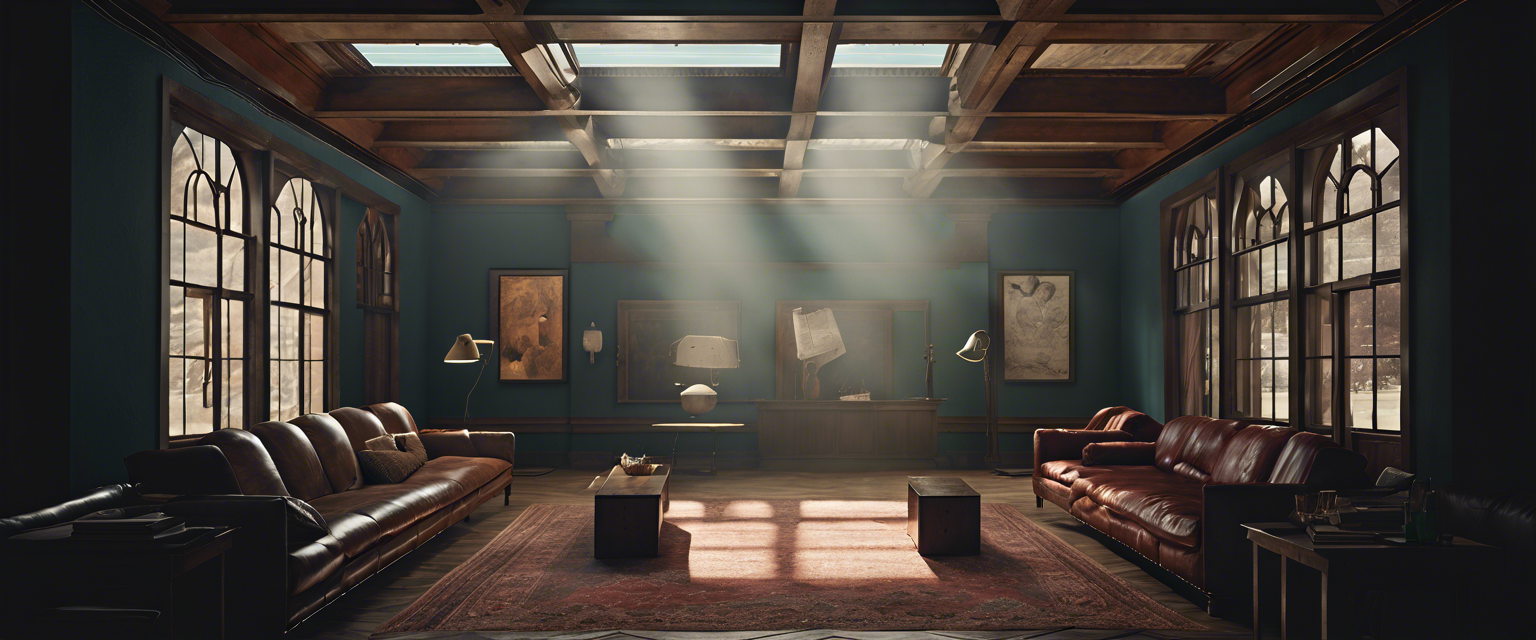Understanding InPainting: The Future of Image Editing
In today’s digital world, the demand for effective image editing tools has skyrocketed. One of the latest advancements in this area is InPainting, a technique that utilizes artificial intelligence to reconstruct lost or corrupted parts of images. This revolutionary method has outperformed traditional painting methods and has changed how we perceive image enhancement.
What is InPainting?
InPainting is a method of producing images where missing sections are filled with content that is both visually and semantically relevant. The AI-powered algorithms analyze the context surrounding the missing parts and generate realistic completions. The applications of InPainting are vast, ranging from enhancing advertisements to repairing old photographs.
How Does InPainting Work?
The most common technique for InPainting employs Convolutional Neural Networks (CNNs). CNNs are specially designed to process and analyze images, enabling them to recognize patterns and features effectively. Once trained, the model can predict and replace missing content based on its learned features, producing results that often surpass those of human artists.
Introduction to Stable Diffusion
Stable Diffusion is an advanced latent text-to-image diffusion model that generates highly stylized and photo-realistic images. It has been trained on the extensive LAION-5B dataset and can run efficiently on consumer-grade graphic cards, making it accessible for everyone looking to create visually appealing art in seconds.
How to Perform InPainting Using Stable Diffusion
This section provides a practical tutorial on how to perform prompt-based InPainting using Stable Diffusion and Clipseg—in a way that does not require manually masking parts of the image.
Prerequisites for InPainting
- Input Image URL: The URL of the image you wish to edit.
- Prompt of the Part to Replace: Text describing the content you want to insert.
- Output Prompt: The description of the final output.
Tuning Key Parameters
There are several parameters that can be customized:
- Mask Precision: Adjusts the precision of the binary mask used for InPainting.
- Stable Diffusion Generation Strength: Controls the strength of the image generation process.
Getting Started with Stable Diffusion
- Install the open-source Git extension for versioning large files.
- Clone the Clipseg repository from GitHub.
- Install the Diffusers package from PyPi.
- Install additional required helpers and libraries.
- Install CLIP using the pip command.
- Log in with your Hugging Face account by running the designated command.
Loading & Preparing Your Images
Once logged in, load the model. You can also load an image directly from an external URL. Convert your input image, then visualize it using the plt function.
Creating a Mask
Define a prompt for your mask, predict the areas to be inpainted, and visualize the prediction. Convert this mask into a binary image format and save it as a PNG file.
Finalizing the InPainting Process
Load both the input image and the created mask, and perform InPainting using your chosen prompt. Depending on your system capabilities, this process might take a few seconds. On platforms like Google Colab, displaying the result is as simple as typing its name!
Conclusion
InPainting has opened up new horizons for creativity and image editing, allowing anyone with access to Stable Diffusion to enhance their images remarkably. If you enjoyed this tutorial and want to learn more, be sure to check out our tutorial page for a wealth of additional resources!
More Resources
For a hands-on experience, visit our InPainting Stable Diffusion Demo.



Lasă un comentariu
Toate comentariile sunt moderate înainte de a fi publicate.
Acest site este protejat de hCaptcha și hCaptcha. Se aplică Politica de confidențialitate și Condițiile de furnizare a serviciului.